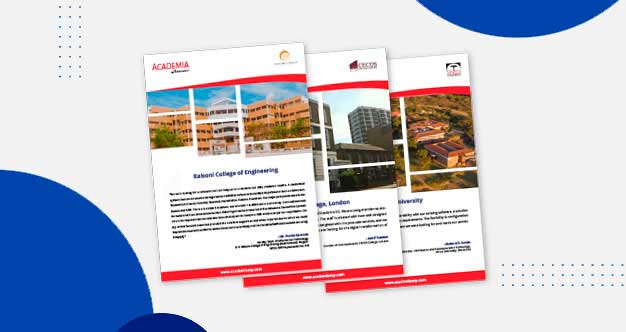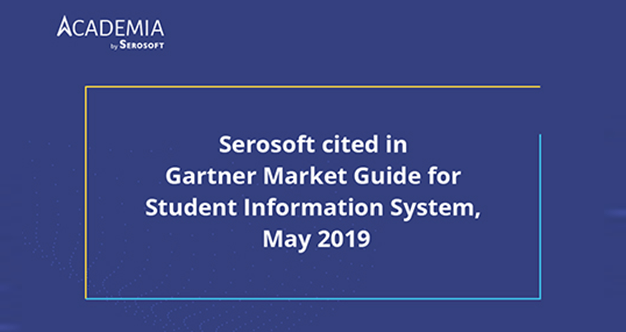Crucial Aspects to Evaluate When Transitioning to a New Student Information System
Introduction:
In today’s digital age, educational institutions increasingly rely on Student Information Systems (SIS) to manage and streamline their administrative and academic processes. However, transitioning to a new SIS can be complex and challenging. This article outlines the key factors to consider when switching to a new Student Information System, ensuring a smooth and successful transition.
Assessing Your Institution’s Needs
Before choosing a new SIS, you must thoroughly evaluate your institution’s unique requirements. Identify the specific features and functionalities that will address your current challenges and streamline your processes. Understanding your needs will enable you to select an SIS that aligns with your institution’s goals and objectives.

Student Information System
Data Migration and Integration
Data migration is crucial to switching to a new SIS, as it involves transferring critical information from the old system to the new one. Ensure the new SIS supports seamless data migration and integrates with your existing software and tools to avoid data loss or discrepancies.
Scalability and Customization
As your institution grows and evolves, your SIS should be able to adapt and accommodate those changes. Opt for a scalable system, allowing you to add new features and functionalities as needed. The SIS should also provide customization options, enabling you to tailor the system to your institution’s unique requirements.
User-Friendliness and Training
A new SIS should be user-friendly and intuitive, making it easy for staff, students, and parents to navigate and use the system. Before committing to a new SIS, ensure that the vendor offers comprehensive training and support to facilitate a smooth transition and maximize user adoption.
Security and Privacy
Protecting sensitive student information is of paramount importance. When choosing a new SIS, prioritize systems with robust security measures, including data encryption, secure access controls, and regular system updates. Additionally,
Ensure that the SIS complies with relevant data privacy regulations and standards.
Cost and Return on Investment
While cost is an important factor to consider, it’s crucial to look beyond the initial price tag and evaluate the new SIS’s long-term return on investment (ROI). Consider the system’s potential to streamline processes, save time, and improve efficiency, which can ultimately lead to cost savings and a higher ROI.
Conclusion:
Switching to a new Student Information System is a significant undertaking that requires careful planning and consideration. By assessing your institution’s needs, prioritizing data migration and integration, ensuring scalability and customization, focusing on user-friendliness and training, and evaluating security and privacy measures, you can make a well-informed decision that leads to a successful transition. Keeping these critical aspects in mind will enable your institution to harness the full potential of a new SIS and pave the way for enhanced efficiency and growth.
Related posts:
 Higher Ed Plans
Higher Ed Plans K12 Plans
K12 Plans










